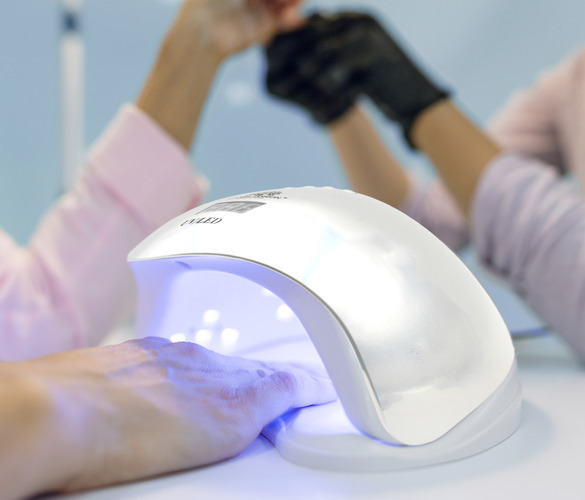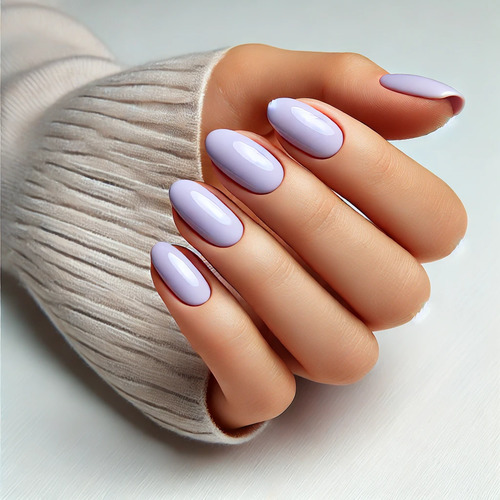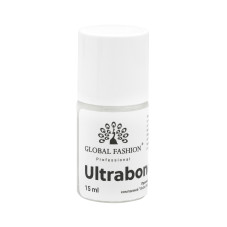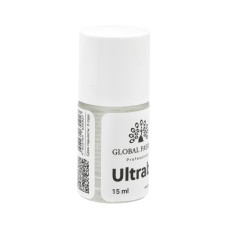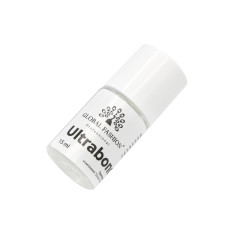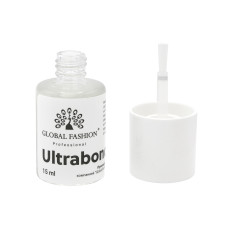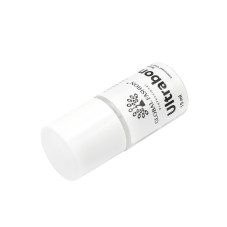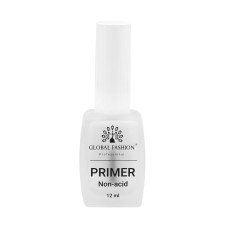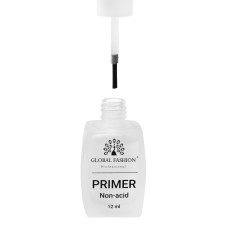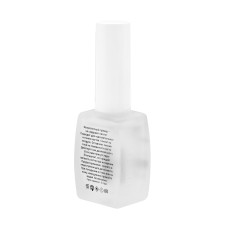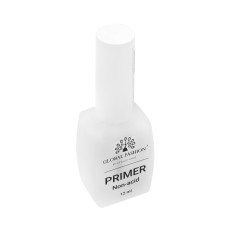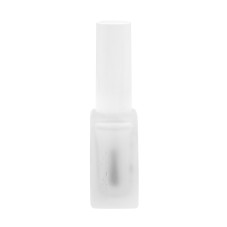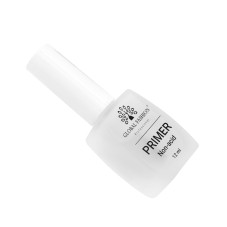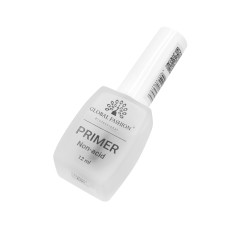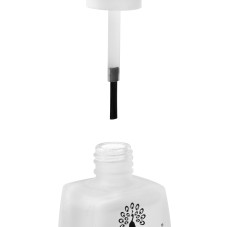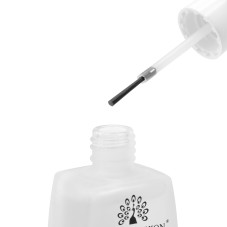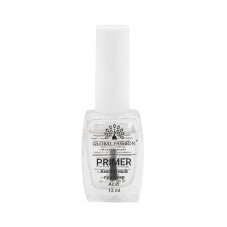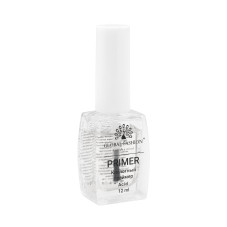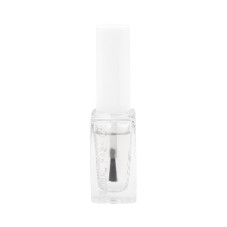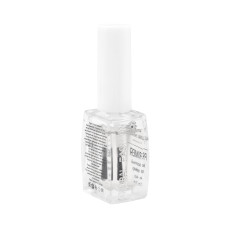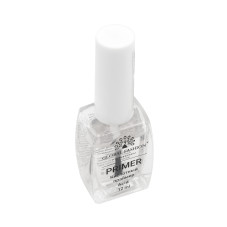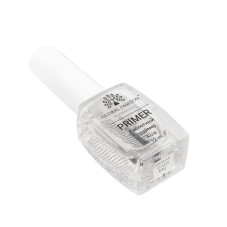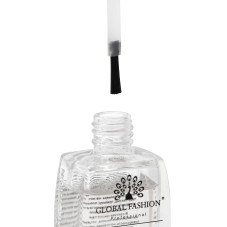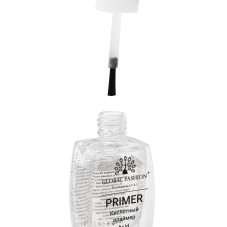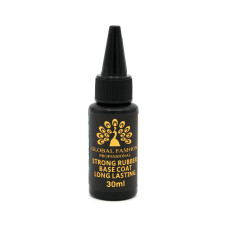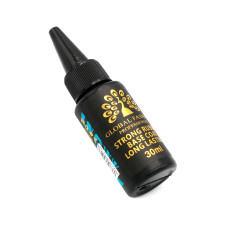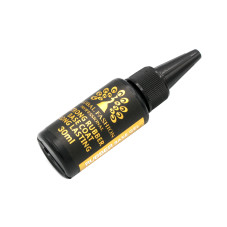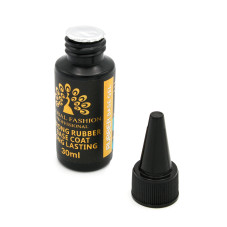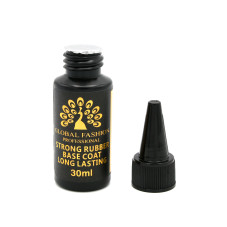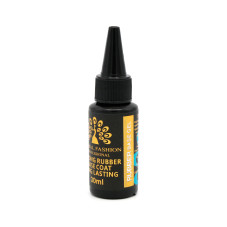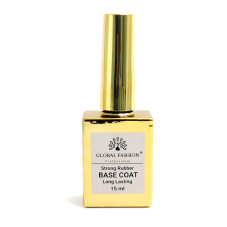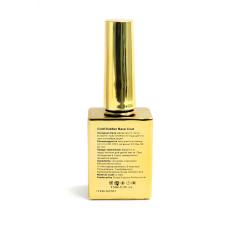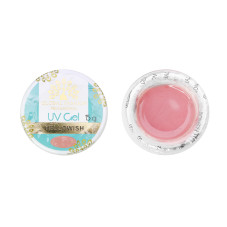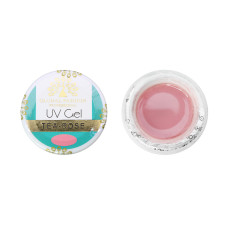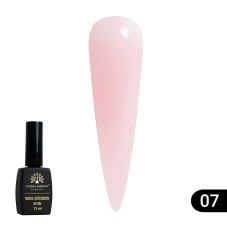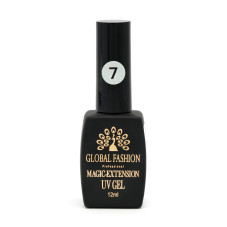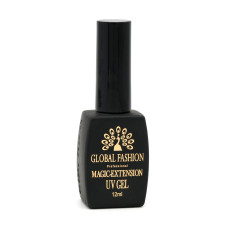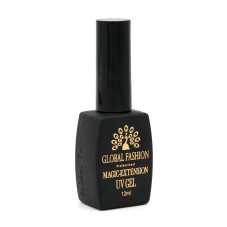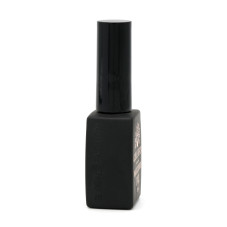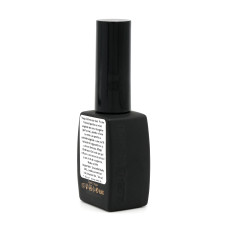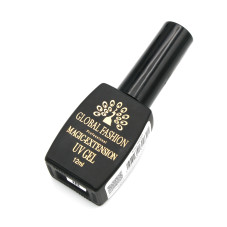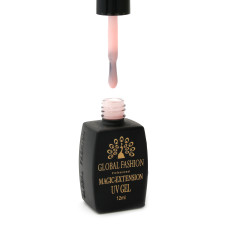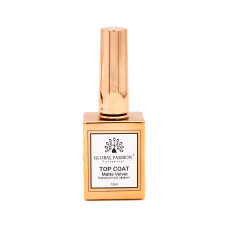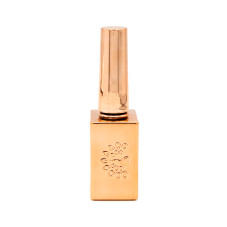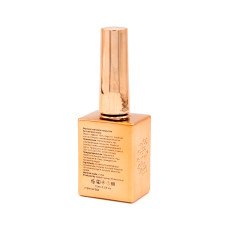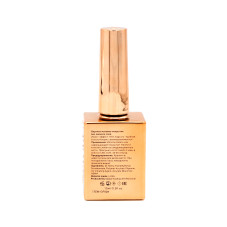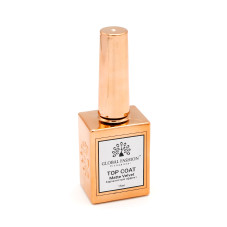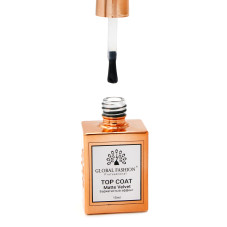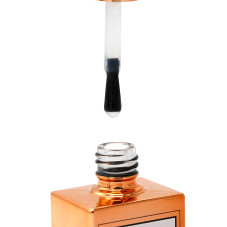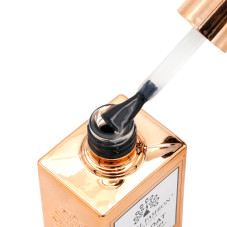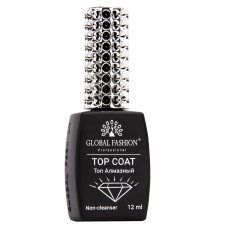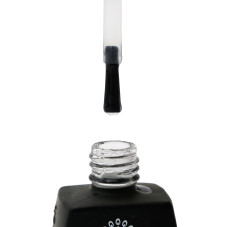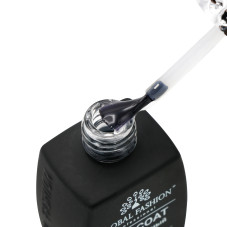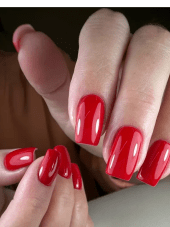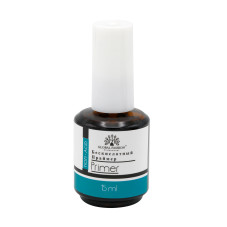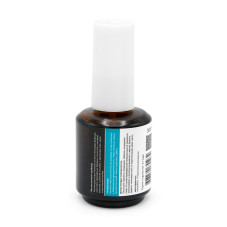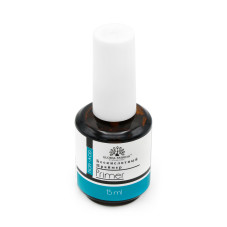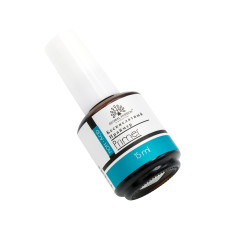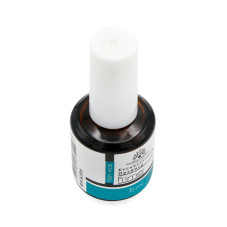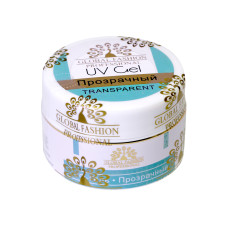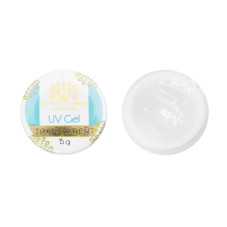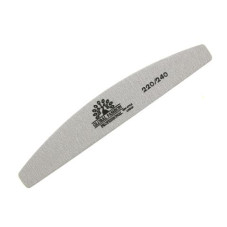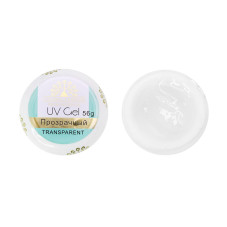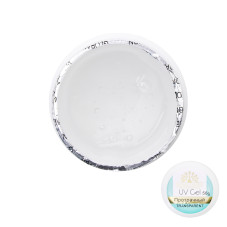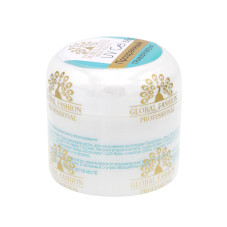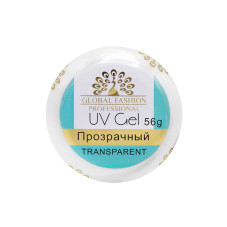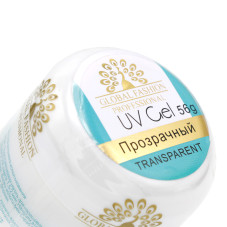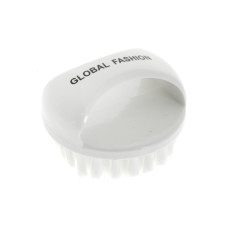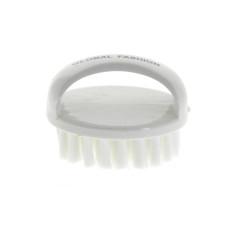Why do extended nails peel off: nail technicians have highlighted 4 main reasons

Long nails truly have a unique charm, but if you've ever worn artificial nails, you’ve probably encountered some issues. One of the most common problems is the lifting of the artificial nails from the natural nail plate, which can often cause discomfort and even pain. If you've experienced this, you’ve likely wondered what causes this process.
There are many factors that can lead to the lifting of artificial nails. In this article, we will thoroughly explore the possible causes of this issue and offer effective solutions to prevent lifting, ensuring that your nails always look flawless.
Why do extended nails peel off?
Peeling of extended nails can be caused by several factors. Manicurists highlight four main reasons:
1. Improper polymerization of the material;
2. Incorrect nail length;
3. Exposure to water;
4. Damage to natural nails.
1. Improper polymerization of the material;
2. Incorrect nail length;
3. Exposure to water;
4. Damage to natural nails.
Each of these factors can significantly affect the longevity of a manicure, so it is important to follow care recommendations and application techniques.
Improper polymerization
The gel needs to be cured under an LED lamp to securely adhere to the natural nails. However, at this stage, it’s easy to make a mistake that can lead to problems. Artificial nails may peel off due to incomplete or too rapid curing. To avoid this, it is important that the entire surface of the nail plate is under the lamp for at least 10-15 seconds. This time is necessary for the gel to properly set and securely hold onto the nail.
Proper hand placement under the lamp is a crucial factor for achieving perfect results. If the fingers are positioned unevenly, the gel may not cure properly, increasing the risk of lifting, chipping, and bubbles.
Incorrect nail length
For fans of long nails, it is important to remember that daily tasks can increase the risk of damage if caution is not exercised. Using the tips of extended nails, for example, to open boxes or other items, can speed up their detachment and lead to premature damage.
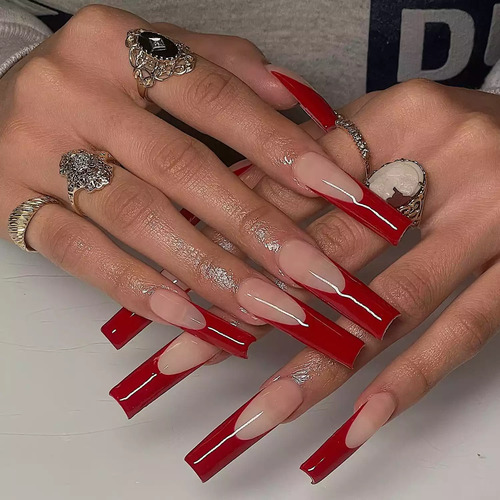
Water exposure
Although it's impossible to completely avoid water, it's important to be cautious, as prolonged exposure can damage your manicure. Imagine your nails are like a sponge: every time they get wet, they expand, and after drying, they contract, becoming stiff and brittle. Similarly, when nails are exposed to moisture, they expand and contract, which can lead to chipping or peeling of the polish. Therefore, it's better to wear gloves when washing dishes.
Damage to natural nails
Thinning of natural nails is one of the main causes of lifted extensions. Damage to the natural nail caused by gel lifting, excessive use of tools, or exposure to water can significantly complicate the process of high-quality nail extensions and lead to durability issues with the coating.
Can the lifting of extended nails damage natural nails?
The detachment of extended nails can lead to the deformation of natural nails, causing discomfort in areas of tension—such as along the sides of the nail and at the center of the nail plate. If the extension was only applied to the free edge of the nail, it starts to act like a lever. As a result, any pressure on the edge of the extended nail causes it to lift at the cuticle area, which adds extra strain on the tension points and leads to bending of the nail. For most people, this causes prolonged discomfort, and for those with weak nails, the situation can be painful.
How to fix lifting on acrylic nails?
At first glance, a peeling nail might tempt you to use nail glue to temporarily reattach it. However, this solution will only fix the problem for a short time and could damage the nail in the long run. If there is damage under the nail, it’s better not to take risks and worsen the health of the natural nail. The best option is to visit a professional who can carefully remove the artificial nail, minimizing potential harm.
If the peeling nail causes discomfort and a visit to the nail technician is still not soon, professional nail artists recommend carefully trimming it. If you can’t immediately see a specialist, gently trim the peeling nail and file it to a shorter length. This may not be the most aesthetic option, but it will help reduce irritation and prevent further damage, ensuring comfort until your next visit to the technician.
Final result
The peeling of extended nails can be caused by various factors such as water exposure, mechanical damage, or incorrect nail length. However, the most common cause is improper application technique. For extended nails to stay securely in place, it is crucial to properly prepare the natural nail plate before the procedure, whether using gel or acrylic.
If peeling does occur, it can lead to discomfort and damage to the natural nail. In such cases, it is important to address the issue promptly. Trimming the nail may provide temporary relief, but it's best to consult a professional. If an extended nail has peeled off, don't delay visiting the salon—the technician will carefully and safely remove it, minimizing the risk of damaging the nail plate.
Quality products for long-lasting manicure
If you have taken into account the main factors that can negatively affect the strength of extended nails, it's time to move on to the next stage — choosing quality products. With these, you can be confident that you won't face any problems if you follow the correct application technique. Here are some recommendations for selecting the best products that will provide a long-lasting and durable manicure:
Primer for nails
2501 bought
ID: 3650
80 MDL
Base coat for nails
905 bought
ID: 11196
130 MDL
Nail extension gel
Top coat for gel polish
(5)
(5)
(5)
Top coat for gel polish
1298 bought
ID: 3658
130 MDL
7703 bought
ID: 3678
120 MDL
3662 bought
ID: 3688
200 MDL
Published: 31.01.2025 12:56
Times Read: 3704
7703 bought
ID: 3678
120 MDL
2501 bought
ID: 3650
80 MDL
1202 bought
ID: 2003
80 MDL
1298 bought
ID: 3658
130 MDL
